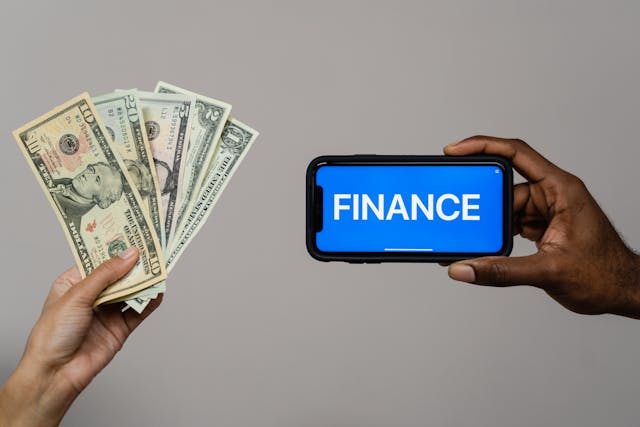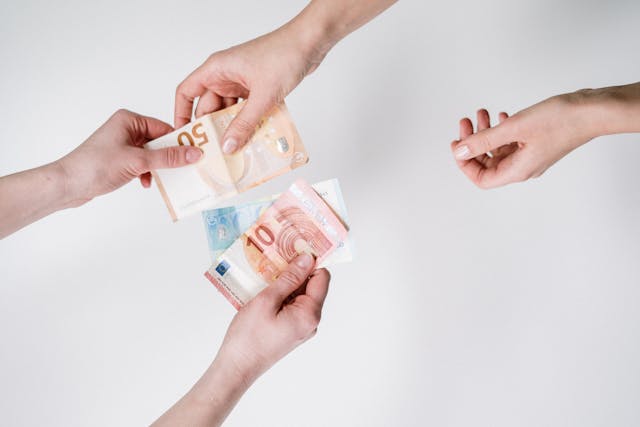Write Us: hello@ali5.org
Debt Dismantled: Strategies for a Liberated Financial Future
Take control of your finances with these practical, easy-to-follow strategies for paying off debt and building a more secure, stress-free future. It’s time to break free.

Let’s Get Real for a Second
Imagine waking up tomorrow morning without that familiar weight on your chest—the one that comes from bills, credit card payments, and the constant feeling that you’re drowning in debt.
Sounds peaceful, right?
The truth is, most of us have been there. Some of us are still there. Debt has this way of sneaking into our lives and making itself at home. Before we know it, we’re caught in a cycle that feels impossible to break.
But here’s something I want you to hear loud and clear:
👉 Debt does not define you.
👉 You are not a failure.
👉 And yes, you absolutely can take back control.
I’m going to walk you through this step by step, like I would with a close friend. No fancy jargon. No judgment. Just real, doable advice that works.
Step 1: Face the Numbers (Even If You’d Rather Not)
I know looking at your debt can feel like peeking at something scary in the dark. But trust me—once you shine a light on it, it’s usually not as terrifying as you imagined.
Grab a pen, a piece of paper, or even the notes app on your phone, and write down:
-
Who you owe (credit cards, loans, etc.)
-
How much you owe
-
The minimum payments
-
The interest rates
That’s it. No guilt. No panic. Just facts.
You’d be surprised how powerful this step is. Half the stress comes from not knowing. Once you see it clearly, you can start making a plan.
Step 2: Make a Budget That Doesn’t Make You Miserable
Let’s be honest—most budgets are way too strict. They tell you to cut out everything fun until you’re debt-free, and that’s just not realistic. You’re a human being, not a robot.
A good budget should:
✅ Cover your basic needs (rent, groceries, utilities)
✅ Take care of your minimum debt payments
✅ Put something extra toward the debt
✅ Leave you a little bit for joy—because life is meant to be lived
Think of it like this: you’re giving every dollar a job, but you’re also making sure you don’t burn out along the way.
Step 3: Choose Your Debt Payoff Style (Snowball or Avalanche)
Here’s where you get to pick your path.
Option 1: The Snowball Method
You start by paying off your smallest debt first. Once that’s gone, you roll that payment into the next one. It builds momentum, like a snowball rolling downhill.
Option 2: The Avalanche Method
This one is about math. You start with the debt that has the highest interest rate, so you save more money in the long run.
Which one should you choose?
👉 Whichever one keeps you motivated.
The emotional wins matter just as much as the math here.
Step 4: Cut Costs Without Sucking the Joy Out of Life
You don’t have to cancel everything you love to get out of debt. In fact, if you cut too much, you’ll resent the process and give up.
Instead, ask yourself:
-
What expenses am I paying for that I don’t actually use or need? (Looking at you, forgotten streaming subscriptions.)
-
Can I swap expensive habits for cheaper alternatives?
-
Can I have fun in ways that don’t cost much or anything at all?
Even small savings—$10 here, $20 there—can add up fast when you’re serious about it.
Step 5: Bring in a Little Extra
If you’ve already trimmed expenses and still feel stuck, it might be time to think about bringing in some extra cash. Don’t worry—I’m not talking about quitting your job or working 80 hours a week.
I’m talking about small things like:
-
Selling stuff you don’t use (old clothes, electronics, furniture)
-
Picking up a side hustle (freelance, tutoring, food delivery, crafting)
-
Monetizing a hobby you love (baking, photography, writing)
Even an extra $100–$200 a month can make a massive difference in how quickly you pay off debt.
Step 6: Stop Digging the Hole
This one is simple, but not always easy:
👉 Stop adding new debt while you’re paying off old debt.
That means:
-
Leaving credit cards at home or tucked away
-
Removing cards from online shopping accounts
-
Using debit or cash instead
And if you can, start building a small emergency fund—even $500 can help you avoid leaning on credit when surprise expenses pop up.
Step 7: Celebrate Every Little Win (Because You Deserve It)
Here’s something most people forget:
Paying off debt is hard work. It takes discipline, patience, and emotional energy.
So when you hit a milestone—big or small—celebrate it:
-
Paid off your first credit card? Treat yourself (cheaply but meaningfully)!
-
Stuck to your budget for 3 months? That’s amazing!
-
Made your first extra payment? You’re on your way!
Celebrating keeps you motivated, and motivation is the fuel that keeps this engine running.
Step 8: Plan for the “After” Life (Debt-Free and Thriving)
Once you’ve tackled your debt, it’s time to build the life you really want:
-
Grow your emergency fund (3–6 months of expenses is ideal)
-
Save for big goals (travel, house, retirement)
-
Maybe start investing
The goal isn’t just to be debt-free—it’s to be financially free. Free to make choices, to take chances, to live without that constant money stress hanging over you.
The Bottom Line: Start Where You Are
Listen—I know this journey can feel overwhelming. I know it feels like you’ll never get ahead sometimes. But here’s what I need you to remember:
💬 You don’t have to do it all at once.
💬 You don’t have to be perfect.
💬 You just have to start.
Take one small step today. That’s all. The rest will follow.
I believe in you. Really.







